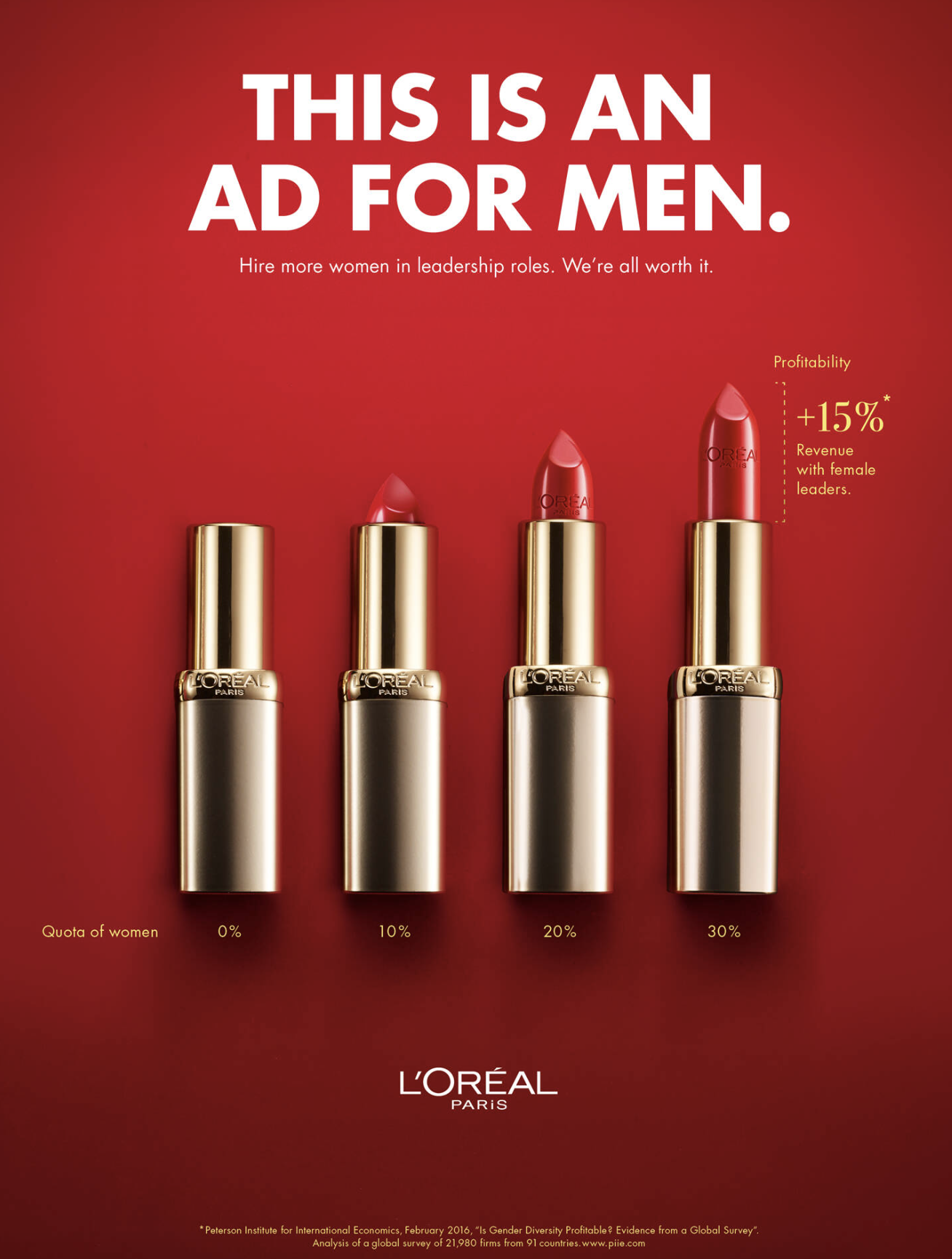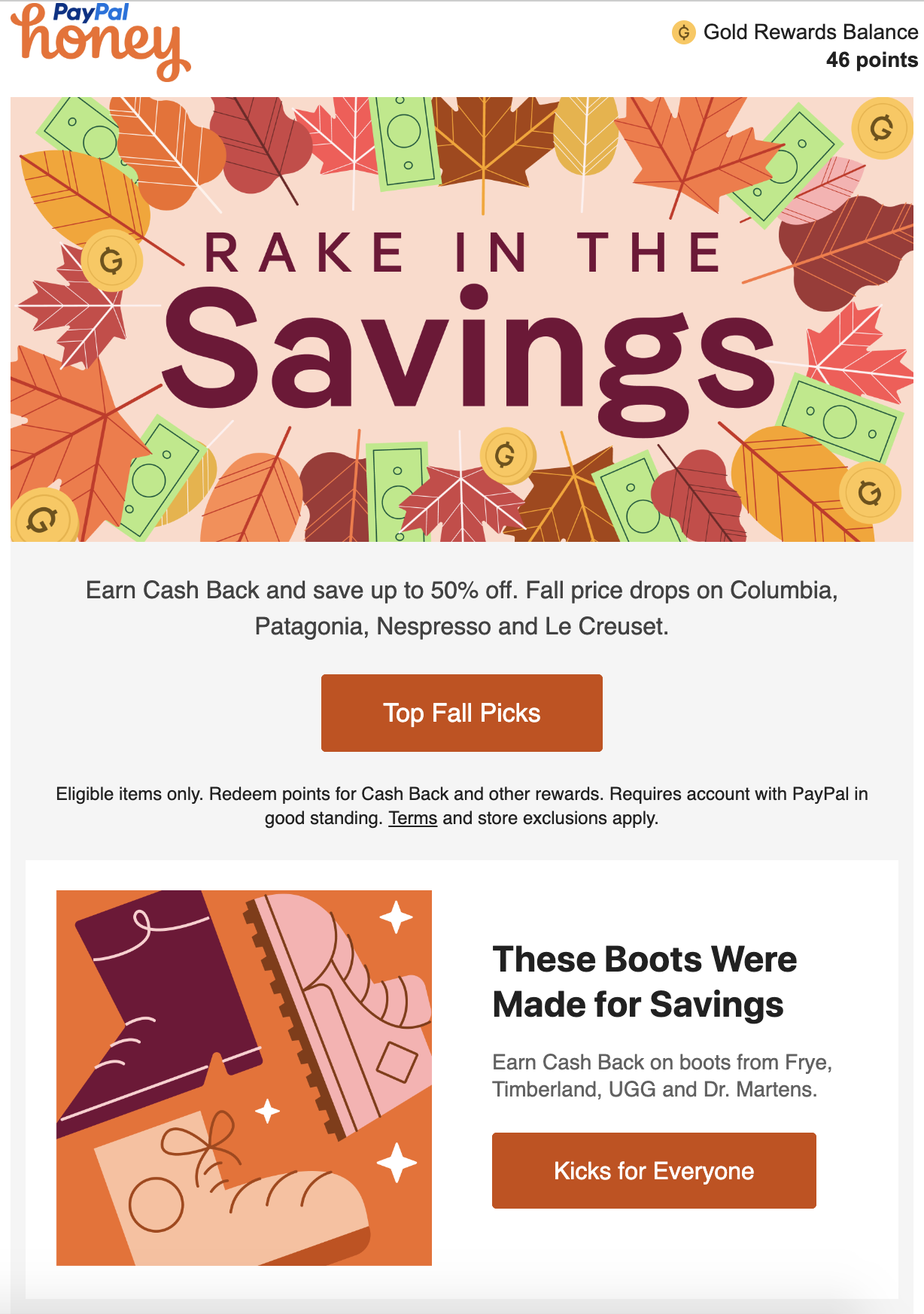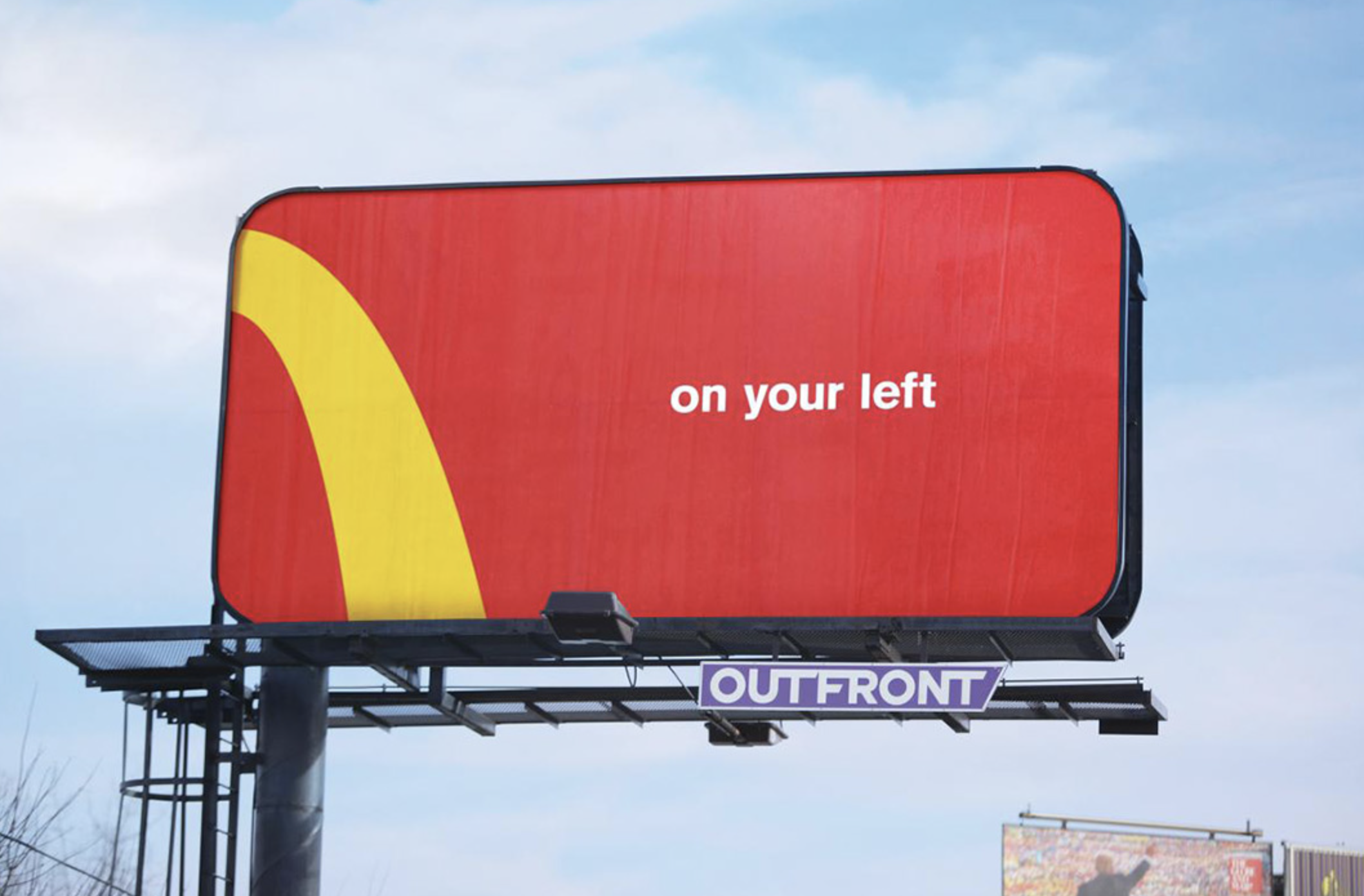What is Copywriting, and Be Honest, Do I Really Need a Copywriter?
We all have frustrating aspects to our jobs. Sometimes it’s difficult coworkers or feeling creatively blocked. As a copywriter, one of the biggest hurdles I face is confusion—usually other people’s confusion around my role.
Some people think I’m a content writer; other people think I work in copyrights (an understandable mix-up). More often than not, though, I get the question, “What is it that you do?”
In other words, what is copywriting?
What is copywriting?
Copywriting is the process of creating simple phrases and sentences, otherwise known as short-form copy. You likely see this type of copy daily: in banner ads, marketing emails, commercial spots, billboards, and so much more.
Copy is present throughout your purchases, too, as are a number of other writing styles.
For instance, let’s say you buy a table from a big-box store. Several writers actually went into the creation of your experience, but they’re not all copywriters.
A technical writer wrote the instruction manual you use to build the table; a content writer wrote the blog post on how to decorate the table. But a copywriter wrote the ad that made you interested in the first place; a copywriter probably wrote the words on your box. And—a copywriter continues to write the emails you now receive from that store.
In other words, copywriting is at the core of brand-consumer relationships.
Today, we’ll talk about what makes copywriting good, and we’ll also discuss whether copywriting is really essential to your business and your brand.
What is good copywriting?
If all art is subjective, is there really such a thing as good or bad copy?
Yes. I say this because every piece of marketing material is doing multiple jobs. Whereas prose and poetry are often measured in emotional value, marketing materials are written to sell products, services, and brands.
This can feel a little complicated at times, because quality copywriters want to write emotionally-stimulating words, but they also want to convince consumers to act. Finding that balance is at the heart of good copy.
And when it comes to finding that balance, there are four main pillars you need to focus on.
The four pillars of good copywriting:
Clarity
Brevity
Action
Entertainment
Clarity - Everything your company produces should make sense. This means no jargon, and this also means your messaging should outweigh cleverness.
In other words, the best pun in the world is wasted if it doesn’t make sense to consumers.
Finally (and maybe this goes without saying), clarity should include correct spellings and knowing grammatical rules—as well as when to break them.
Brevity - Less. Is. More!
Unfortunately, many companies get so excited about products that their websites have paragraph after paragraph on every feature.
Unfortunately, no one wants to read a wall of text; most people scan pages for relevant information. You’re better off hooking a prospective customer with a line or two about the product instead. Otherwise, they may not even bother reading what you have to say.
Action - Copy should make someone want to do something. For direct marketing, this quite literally comes down to taking action: click here, buy now, etc. But brand awareness campaigns should also drive action.
For example, if you see a cool mattress ad during your morning commute, are you going to buy a mattress right then and there? Probably not. However, you might suggest that brand to a friend, or even browse the website the next time you’re shopping for a bed.
Through that branded copy, you’ve entered the top of the sales funnel, and it’s now up to the company’s other marketing tactics (e.g. blog articles, retargeting ads, etc.) to pull you through the funnel to achieve a sale.
Entertainment - My favorite part of writing. Your copy should entertain. Now, I mean this loosely, because some copywriters write about serious products and services. How do you make banking or Medicare entertaining?
The key is writing in a way so that your consumer isn’t bored. Maybe it’s a line that resonates with their situation; maybe it’s a play on words.
No matter what, you’re trying to write something that isn’t trite or overwhelming or dull. If you can do that, you can entertain.
Copywriting vs. Content writing
At this point, you might be saying, But wait, if you’re a copywriter, then why are you writing a blog post? Good question.
While I’m primarily a copywriter, I also know content marketing can be a great tool for companies. In fact, 82% of marketers actively use content marketing for business.
Luckily, you can absolutely write both copy and content, although it’s essential to understand how these two marketing tactics differ.
But first, let’s talk about what the two have in common.
How copywriting and content writing are the same
Both copywriting and content writing require all the things we discussed above.
You want to be deliberate in your messaging (clarity); you don’t want to use unnecessary words (brevity); you want your readers to do something, whether it’s clicking, reading to the bottom, or learning more about your company (action); and you want your words to be interesting (entertainment).
Both copywriting and content writing require a thorough understanding of grammar and a decent understanding of SEO. And most people who do one of these writing styles are capable of doing the other. In fact, some jobs require both (like my role at Julian//West®).
However, both types of writing require individual skillsets, and they shouldn’t be conflated.
How copywriting and content writing differ
Copy teases the consumer, convincing them to take the next logical step. For instance, a banner ad encourages you to learn more about a product, and the button on a banner takes you to the next step of that journey.
Content writing, on the other hand, exists to answer questions.
If you see the ad above, you might Google Hiscox to learn how it ranks among competitors. You’ve been teased, and now you want answers. Content writing can provide them.
And while clarity and brevity are best practices for content, they’re not essential in the same way they are for copy.
When it comes to an ad spot or an email, you have limited space and time to catch someone’s attention. As bad as it sounds, you’re kind of tricking people into looking at your words, and you want those words to resonate fast.
Alternatively, content waits for its viewers. Consumers go looking for blog posts and guides, because they’re seeking knowledge.
Plus, quality content tends to be longer, with 800, 1,500, or even 3,000 words in a post. Unlike copywriting, you’re often rewarded in content marketing for saying more.
But do you really need a copywriter?
I know I’m biased, but yes! People tend to overlook the importance of copywriting because they technically know how to read and write. But copywriters aren’t just brainstorming phrases and mindlessly adding them to a page.
In fact, there’s solid evidence that backs up the importance of quality copy. We’ve listed a few of these copywriting statistics below.
Copywriting statistics: Why copywriters matter
64% of small businesses say their email copy is effective or very effective. (AWeber)
By trading just two words in a CTA, Veeam saw a 166.66% increase in CTR. (VWO)
45% of small businesses with effective or very effective email copy have average open rates of 26% or higher. (AWeber)
59% of web users would avoid patronizing businesses with obvious spelling or grammar errors in their copy. (Realbusiness)
The amount of words and characters used in subject lines can greatly impact open rates. (Wylie Communications)
Concise, scannable content can boost a page’s usability by up to 58%. (NN/g)
Okay, so what does a copywriter do?
When copywriters submit a few choice phrases, you can bet there are dozens of word combinations they tried out before sending that limited set of characters.
Hours, days, (or sometimes even weeks!) can go into writing an infographic or landing page, no matter how short and snappy the final version may seem.
So, what is a copywriter doing in those hours or days? That time is usually spent brainstorming, drafting, and—in many cases—reviewing marketing materials and prospect/customer feedback.
This helps copywriters target the right audience with the right message, encouraging people to take action.
Like a lot of copywriters, I studied writing in school and spent years getting better at my job. (You can read more about my background here.) And most of us CWs have years of experience doing research, processing feedback (positive and negative), and if we’re lucky, getting mentorship from talented people along the way.
That means when you hire a seasoned copywriter, you get to skip all the research, criticism, and years of obtaining knowledge—because we’ve already been through it.
So, in the same way that it’s inappropriate to, say, re-design something for a graphic designer or re-edit a videographer’s work, it’s also inappropriate to re-write a copywriter’s copy.
In the words of Jonathan Van Ness, just because we Ameri-can—doesn’t mean we Ameri-should.
Copywriting examples
We can talk about quality copy all day long, but unless you see it for yourself, it’s hard to know what good copywriting is. So, here are a few examples of short-form at its best.
L’Oréal’s print ad for men, made for women’s empowerment
Image source: McCann
In a clever print ad from L’Oréal, we get a lipstick bar graph, along with an attention-grabbing line of copy: “This is an ad for men.” The ad presents statistical information, targeted at men, encouraging the promotion of women. With its bold copy, we can tell this is no ordinary cosmetics ad.
Google’s digital ad for job seekers
Here, Google advertises one of its major benefits: work-life balance. Instead of traditional copy, this digital ad features a quote from a hypothetical employee. Notice how the copy also calls him “Jake’s dad” first and a “designer” second, further emphasizing that Google prioritizes people’s lives over the grind.
Honey’s wordplay email
This copywriting example is an email from Honey, and it uses wordplay throughout. “Rake in the savings” is clever because of the fall theme, and the email also uses pop-culture references as well as playful, modern language.
McDonald’s minimalist billboard
A winner of Cannes' Outdoor Grand Prix, this billboard is a great example of how minimal copy can be paired with familiar imagery. Less can often be more in design/copywriting, creating a bigger impact.
Conclusion
If you found yourself wondering what a copywriter is, I hope this article helped you find the answer (in the way only content writing can).
And if you’re in need of a copywriter, our company can help. We offer branding services like copywriting, design, and more. Best of all, the first consultation is always free. So, what are you waiting for? Get in touch with us here.






